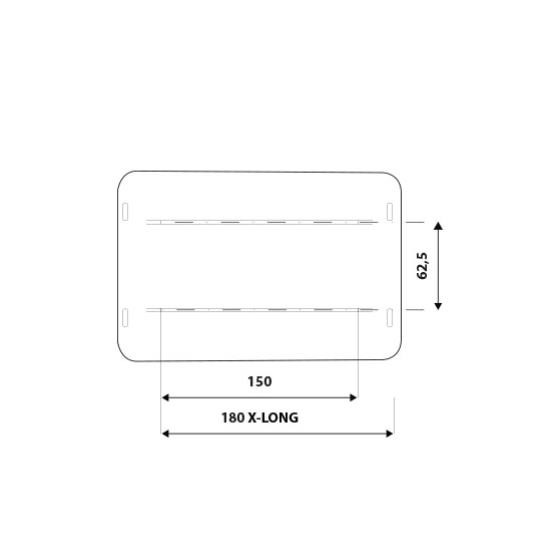
At the top, where the temperature usually is in the range between 200 ☌ and 700 ☌, the iron oxide is partially reduced to iron(II,III) oxide, Fe 3O 4.ģ Fe 2O 3(s) + CO (g) → 2 Fe 3O 4(s) + CO 2(g) Īt temperatures around 850 ☌, further down in the furnace, the iron(II,III) is reduced further to iron(II) oxide:įe 3O 4(s) + CO (g) → 3 FeO (s) + CO 2(g) Depending on the temperature in the different parts of the furnace (warmest at the bottom) the iron is reduced in several steps. The hot carbon monoxide is the reducing agent for the iron ore and reacts with the iron oxide to produce molten iron and carbon dioxide. This reaction might be divided into multiple steps, with the first being that preheated air blown into the furnace reacts with the carbon in the form of coke to produce carbon monoxide and heat: The main chemical reaction producing the molten iron is:
#Airpass essentials series#
Rising carbon monoxide reduces iron oxides to pure iron through a series of reactions that occur at different areas within a blast furnace. Besides the physical strength of its particles, the coke must also be low in sulfur, phosphorus, and ash. Therefore, the coke must be strong enough so it will not be crushed by the weight of the material above it. To ensure this permeability the particle size of the coke or charcoal is of great relevance. The downward moving column of ore, flux, coke or charcoal and reaction products must be sufficiently porous for the flue gas to pass through. Historically, to prevent contamination from sulfur, the best quality iron was produced with charcoal. It reacts with calcium oxide (burned limestone) and forms silicates, which float to the surface of the molten pig iron as "slag". Silica has to be removed from the pig iron. Also, the carbon in pig iron lowers the melting point below that of steel or pure iron in contrast, iron does not melt in a bloomery. Continuous operation is also preferred because blast furnaces are difficult to start and stop. Another difference is that bloomeries operate as a batch process whereas blast furnaces operate continuously for long periods. The blast furnace operates as a countercurrent exchange process whereas a bloomery does not. Blast furnaces differ from bloomeries and reverberatory furnaces in that in a blast furnace, flue gas is in direct contact with the ore and iron, allowing carbon monoxide to diffuse into the ore and reduce the iron oxide. Ĭharcoal burning iron blast furnace in Ohio, 1923īlast furnaces operate on the principle of chemical reduction whereby carbon monoxide converts iron oxides to elemental iron. īlast furnaces are estimated to have been responsible for over 4% of global greenhouse gas emissions between 19, but are difficult to decarbonize. However, the term has usually been limited to those used for smelting iron ore to produce pig iron, an intermediate material used in the production of commercial iron and steel, and the shaft furnaces used in combination with sinter plants in base metals smelting. According to this broad definition, bloomeries for iron, blowing houses for tin, and smelt mills for lead would be classified as blast furnaces.


In contrast, air furnaces (such as reverberatory furnaces) are naturally aspirated, usually by the convection of hot gases in a chimney flue.

The downward flow of the ore along with the flux in contact with an upflow of hot, carbon monoxide-rich combustion gases is a countercurrent exchange and chemical reaction process. The end products are usually molten metal and slag phases tapped from the bottom, and waste gases ( flue gas) exiting from the top of the furnace. In a blast furnace, fuel ( coke), ores, and flux ( limestone) are continuously supplied through the top of the furnace, while a hot blast of air (sometimes with oxygen enrichment) is blown into the lower section of the furnace through a series of pipes called tuyeres, so that the chemical reactions take place throughout the furnace as the material falls downward. Blast refers to the combustion air being "forced" or supplied above atmospheric pressure. Former blast furnace in Port of Sagunt, Valencia, Spain.Ī blast furnace is a type of metallurgical furnace used for smelting to produce industrial metals, generally pig iron, but also others such as lead or copper.


 0 kommentar(er)
0 kommentar(er)
